Search
Search Results

Lesson
The Scientific Revolution
Before class, students will be asked to read two World History Encyclopedia articles. Introduction (10-15 minutes) Hook: Start with a thought-provoking question: "How would you determine whether something is true or not? What process would...
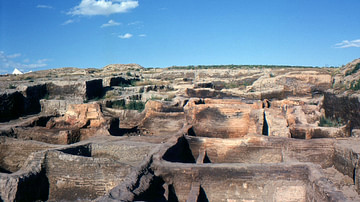
Definition
Ҫatalhöyük
Ҫatalhöyük is one of the largest Neolithic settlements ever discovered. Built more than 9000 years ago in modern Konya Plain, central Turkey, it is known in archaeology as a proto-city, a link between the cave-dwellings of prehistoric hunter-gatherers...
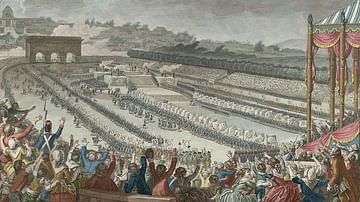
Definition
Festival of the Federation
The Festival of the Federation (Fête de la Fédération) was a celebration that occurred on the Champ de Mars outside Paris on 14 July 1790, the first anniversary of the Storming of the Bastille. With over 300,000 people in attendance, the...

Definition
Ancient Scotland
Scotland is a country which, today, comprises the northern part of Great Britain and includes the islands known as the Hebrides and the Orkneys. The name derives from the Roman word "Scotti" which designated an Irish tribe who invaded the...

Video
What is Stonehenge? The Mysteries of the Neolithic Stone Circle
Stonehenge is a stone circle that dates back to the Neolithic period, in c. 3000 BCE on the Salisbury Plain, Wiltshire in Southern England. It wasn’t a site built in the late Neolithic period which then sat stagnant for five thousand years...
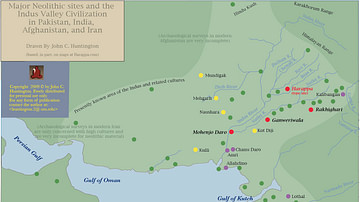
Image
Major Indo Iranian Neolithic Sites & the Indus Civilization
The map shows the extent of the Harappan or Indus Civilization along with the various neolithic sites in the region.

Image
Neolithic Variscite Necklace
A variscite necklace from the Neolithic site of Carnac, north-west France. (Archaeological Museum of Carnac)
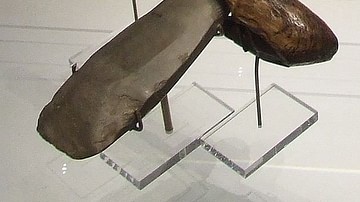
Image
Neolithic Stone Axe with Wooden Handle
A Neolithic stone axe with a wooden handle, found at Ehenside Tarn. It is on display in the British Museum, London.
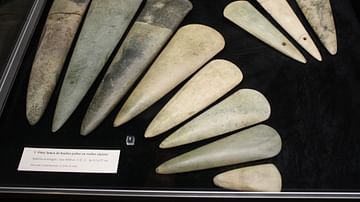
Image
Neolithic Axe Heads
Axe heads of jadeite and eclogite from the neolithic site of Carnac, north-west France. (Archaeological Museum of Carnac)

Image
Neolithic Flint Dagger from Ba'ja
A rare example of Neolithic daggers made by pressure knapping, found in a group burial Ba'ja, north of Petra, Jordan, 7500-7000 BCE.
The Jordan Museum, Amman.